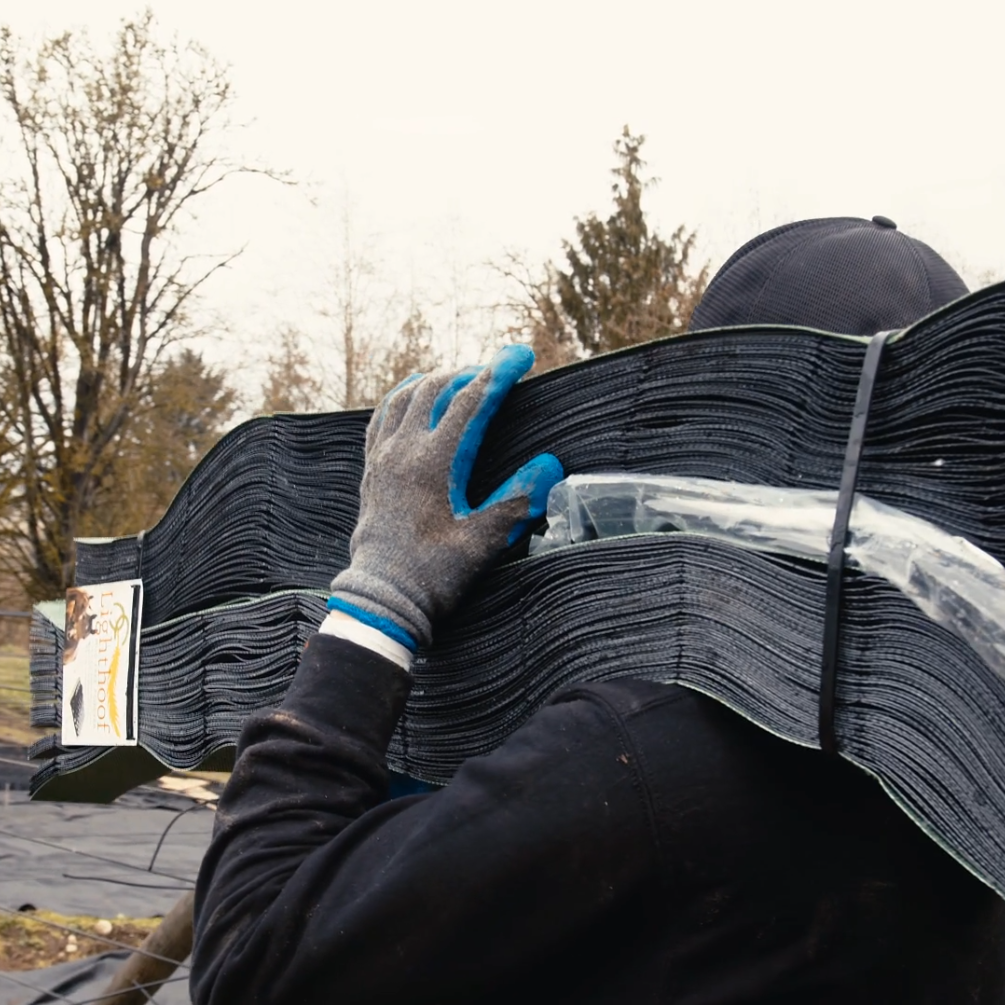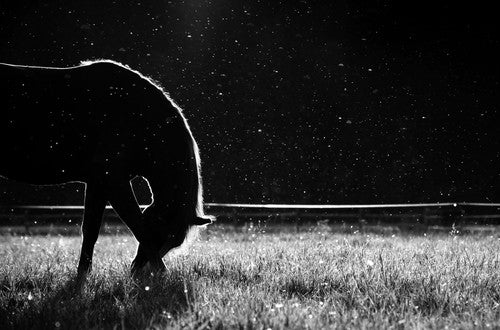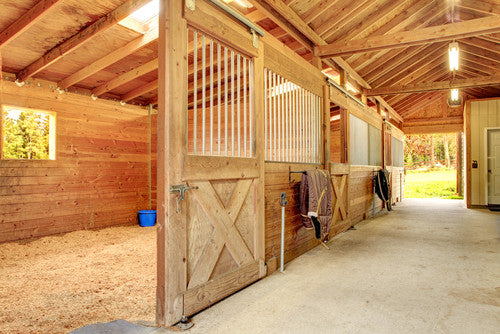Hopefully now that spring is nearing an end and summer is starting to get underway, your horse property should be drying out, but that doesn’t mean a break from pasture management. If it’s not one problem to fix, it’s another; from mud and hay issues in the winter and spring, to pasture and pest problems in the heat of summer. There are a lot of interesting factors when it comes to managing pests on your farm. Before the barn flies and mosquitos become unbearable this year, let’s see give you some tips to get a jump on pest control for barns. Having a good strategy in place and knowing where the problem spots are can significantly cut down on the irritating issue of bugs at the stable.
Mosquito and Barn Fly Control - Where to Start?
It’s important to note that insects and flying pests are not just an inconvenience or nuisance. They’re aggravating and obnoxious while you’re tacking up, bothersome while you’re cleaning stalls, and can be downright rage inducing while riding to both you and your horse. But even more importantly, mosquitos and flies are also carriers for diseases and bacteria; problems that not only affect us as equestrians but also our livestock and house pets as well. Especially concerning are potentially fatal mosquito borne diseases like West nile virus and Eastern/Western Equine Encephalitis.
Pest control for barns, dairies and horse properties should start by identifying the source. Generally, insect issues on animal properties comes from one of a few places:
- Permanent water sources - Having ponds, streams and ditches on your property is great for giving your critters access to H2O around the clock. If you have sections of ponds or water sources that pool off from the main body of water and have the potential to stand stagnant, getting these areas dry by building up banks, laying down ground stability solutions and offering water a steady flow can cut down on mosquito breeding grounds.
- Standing water - Mosquito and barn fly control actually needs to span the entirety of your property. Pot-holes, low areas in pastures that collect rain water, broken pipes, dripping standpipes and downspouts, and even tree trunks and water troughs make spots fit for bugs to multiply.
- Manure Management - Just like standing water is prime real estate for mosquitos, unkempt manure piles, paddocks covered in old wet manure, and dirty stalls attract flies by the thousands. Keep your property tidy, your manure pile condensed and as clean as you can and you’ll find that barn fly control isn’t such a daunting task.

Wet, sloppy manure piles create the perfect breeding ground for flies and mosquitos.
- Mud - Moisture, mud and manure go hand in hand with pesky bugs multiplying. Flies love warm, moist places to breed, while warm, still water is ideal for mosquitos. Identifying your worst mud management issues can help cut down on your insect population while protecting your animals from other health risks, too.
How to Get Rid of Horse Flies and Other Buzzing Pests -
Mosquito, horse and barn fly control starts with prevention like we mentioned above. Once you’ve figured out where your property's problems are, it’s time to tackle the beast head on!
- Figuring out your manure pile, reinforcing mucky low spots around water and dealing with your mega mud problems is a great place to start. Lighthoof mud management panels are perfect for reinforcing and stabilizing the existing ground but allowing precipitation and moisture to drain through and away...that’s half the problem, right? Keeping things dry without turning your footing to soup. This lets your ground dry out by giving water a place to go.
- Natural predators - Many livestock facilities employ natural predators, fly wasps and other critters that don’t bother people or livestock and merely live off of flies and other bugs we see as pests. You’ll typically have to purchase and release a new batch of these little guys once a month or so through the summer months, but a lot of people have great success with them.
- Chemical methods - We all know about fly spray, barn systems, oils, mists etc. Who here hasn’t tasted Pyranha at a horse show on accident (yum!)? There’s a lot of great sprays and chemicals on the market that can make your summer a bit more bearable. Just try not to breathe it in!
- Covers and sheets - If you’re not around to reapply, you can cover your critters in all manner of sheets and rugs.

Sheets, covers, bonnets and fly spray are all great ways to help cut down on pests bothering your horses. (alt tag: How to get rid of Horse flies)
- Supplements - It’s true, there are supplements you can feed your animals to help stave off bug populations. Typically, you’ll only need to feed them for the summer months,
- Traps - Fly traps are a pretty effective way to cut down on fly and wasp populations. Just remember to change them frequently!
Good stable management and livestock facility housekeeping practices should help cut down on mosquitos and other bug issues throughout the summer months. While pest control for barns starts with cleaning up their breeding grounds, you can always count on thousands of bugs regardless. Luckily, the cleaner and drier you keep your property, the further along you are on the path to how to get rid of horse flies and other insects.





Leave a comment
This site is protected by hCaptcha and the hCaptcha Privacy Policy and Terms of Service apply.